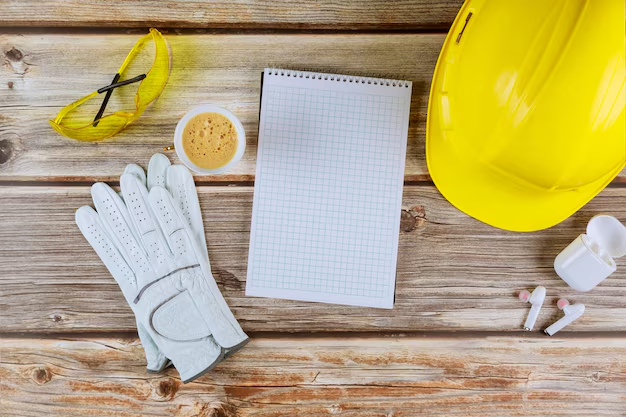Transform Your Home Safely: Tips to Avoid Common DIY Repair Failures
Home improvements can be thrilling and satisfying, yet there's a fine line between a successful DIY project and a catastrophic home repair disaster. Before you wield a hammer or wire your own lighting, consider the potential pitfalls. Let’s explore some proven strategies to pave your way toward successful, budget-friendly home repairs.
Plan Thoroughly Before You Begin
The cornerstone of any home project is a solid plan. Assess the degree of difficulty of the project and your own skill level. It's easy to overestimate what can be done on a weekend. Make a list of all necessary tools and materials, setting realistic expectations for the time and budget needed. Moreover, safety shouldn't be an afterthought—wear appropriate protective gear and familiarize yourself with safety protocols.
Know When to Call a Professional
Tackling a major repair on your own can be tempting, but not knowing when to call in a professional can lead to costly mistakes. Complex plumbing, electrical work, or structural changes often require expert intervention. If in doubt, getting a professional opinion can save both time and money. Remember, it’s always less expensive to do it right the first time than to correct a botched job later.
Educate Yourself with Available Resources
Thankfully, the internet is a goldmine of DIY tutorials and educational resources. Before you jump into a new project, watch DIY videos from reliable sources or consider a community workshop to hone specific skills. Many community centers offer free or low-cost classes in basic home repair, helping you gain confidence in your abilities.
Budget Wisely
One of the main points of stress in DIY projects is unexpected costs. Budget for the unexpected, allocating an extra 10-20% for unforeseen expenses. Price out all materials in advance and consider the total cost compared to hiring a professional. This not only helps in better financial planning but also in deciding if a DIY route is truly beneficial.
Seamlessly Transitioning to Financial and Educational Resources
When weighing the costs of a home project, don’t forget financial assistance programs or informational workshops that can offer significant help. Many governments and non-profits provide aid which can indirectly support home repairs:
Government Programs: Some local governments provide grants or low-interest loans for necessary home repairs or improvements. These can alleviate the financial burden of unforeseen expenses.
Educational Grants: Consider enrolling in a course on DIY and home improvement using educational grants. Learning more can equip you with the necessary skills to handle future projects efficiently.
Credit Card Solutions: Using a credit card as a short-term loan can be tempting, but it’s crucial to understand the terms to avoid high-interest rates. Opt for cards that offer rewards or cash back to make the most of your spending.
Debt Relief Options: If you're facing financial challenges, various debt relief solutions can offer breathing space until your financial situation improves.
Financial Assistance & Educational Resources to Consider:
- 🏡 Home Improvement Grants: For eligible repairs, check with local or state housing departments.
- 💡 Energy Efficiency Rebates: Utility companies often provide rebates for energy-saving upgrades.
- 📚 Community Workshops: Access local class listings for free or affordable workshops.
- 💳 Low-Interest Credit Cards: Research and select cards with no annual fees and favorable interest rates.
- 🔄 Debt Consolidation Services: Explore consolidating higher-interest debts into single, manageable payments.
With these strategies and resources at your disposal, you can confidently embark on your next home improvement project. Avoid disasters, save money, and maybe even have a little fun in the process!
